
High-risk job training involves preparing individuals for occupations or professions that carry a significant level of danger, potential harm, or risk of injury.
These jobs often require specialized skills, knowledge, and training to ensure the safety of workers and mitigate potential risks. Here are some examples of high-risk jobs and the training involved:
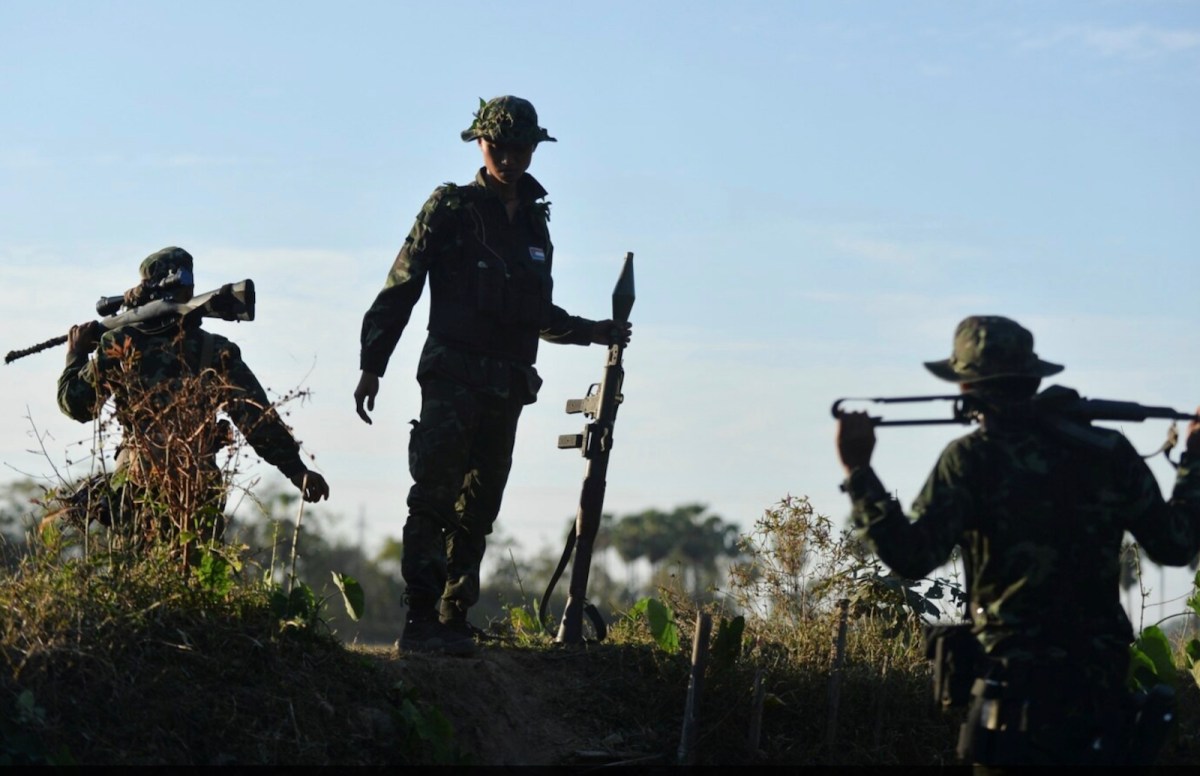

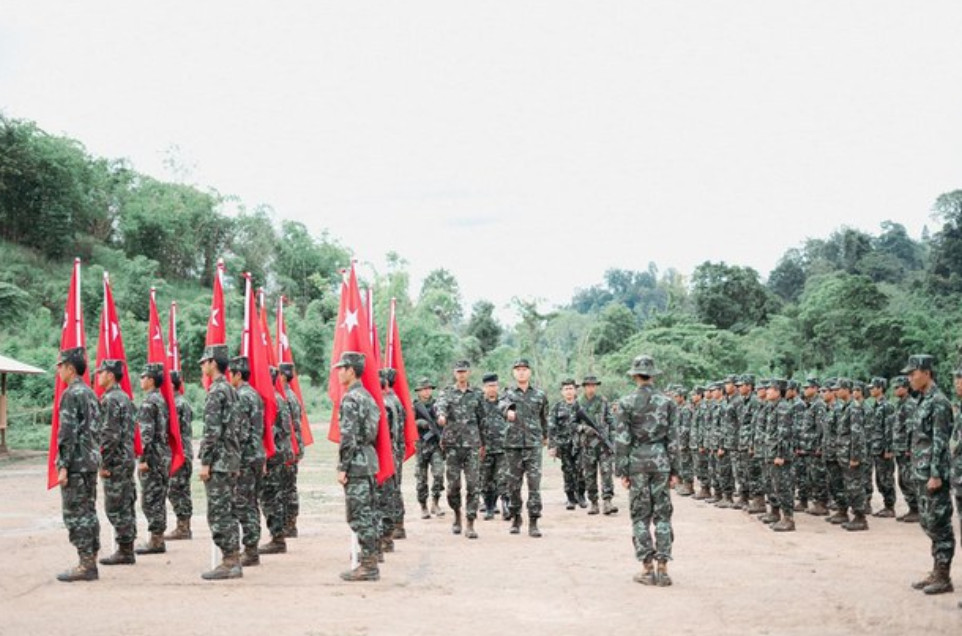
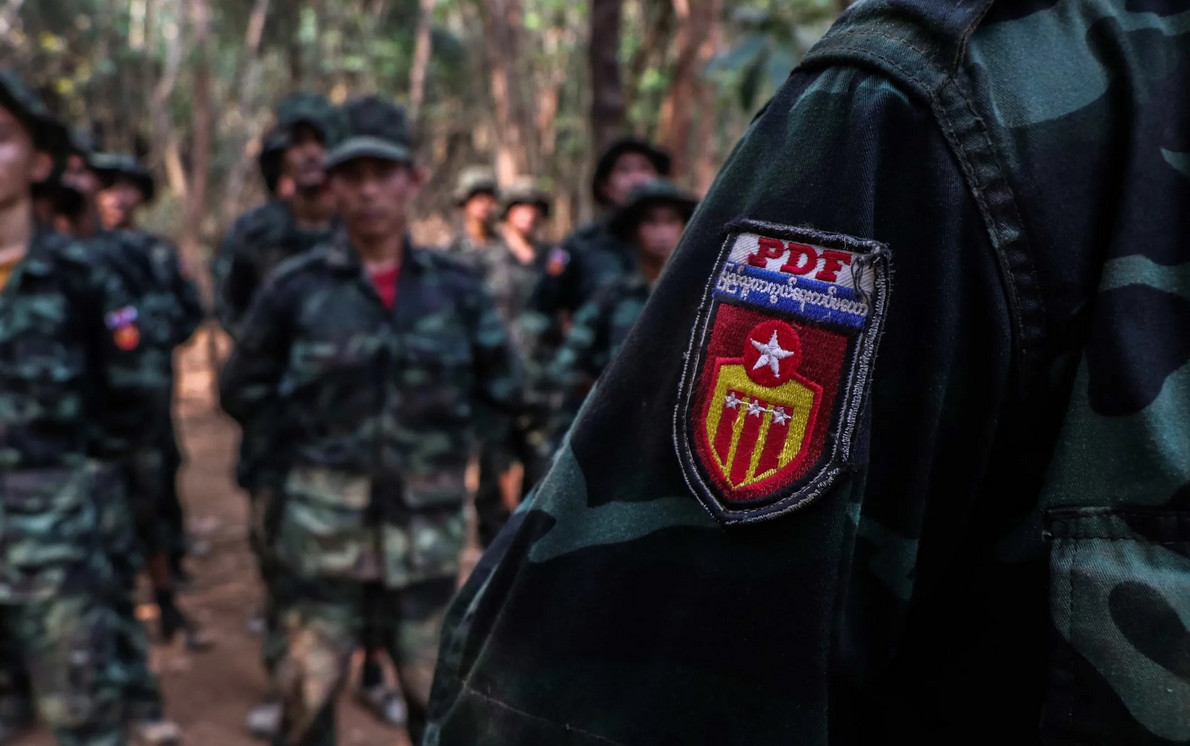
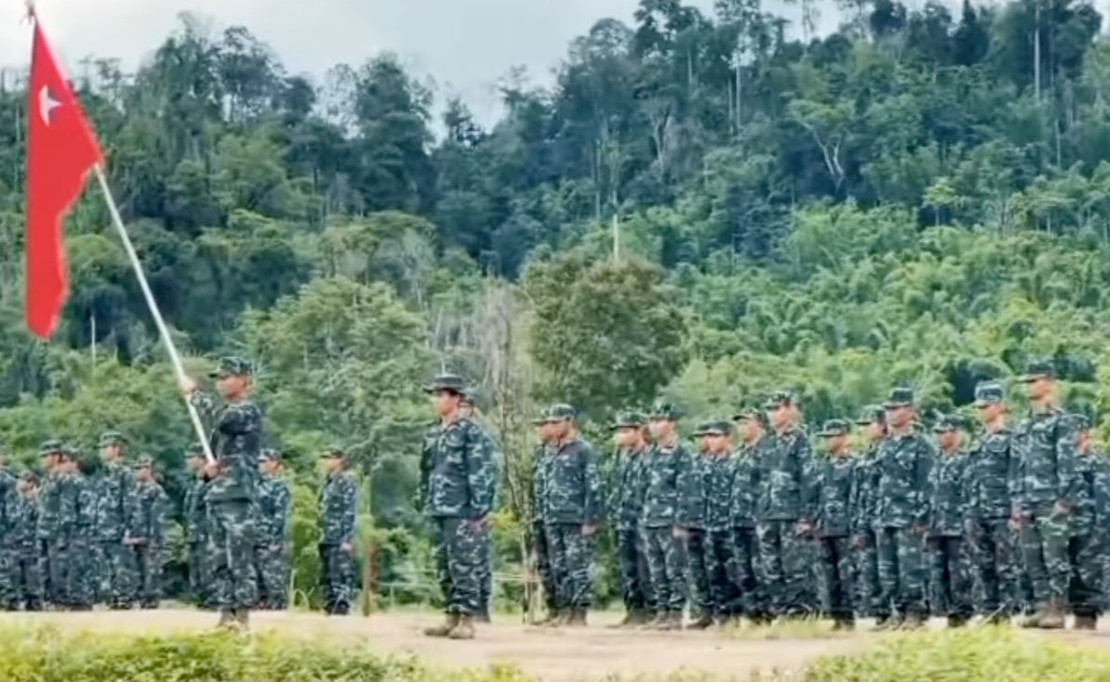
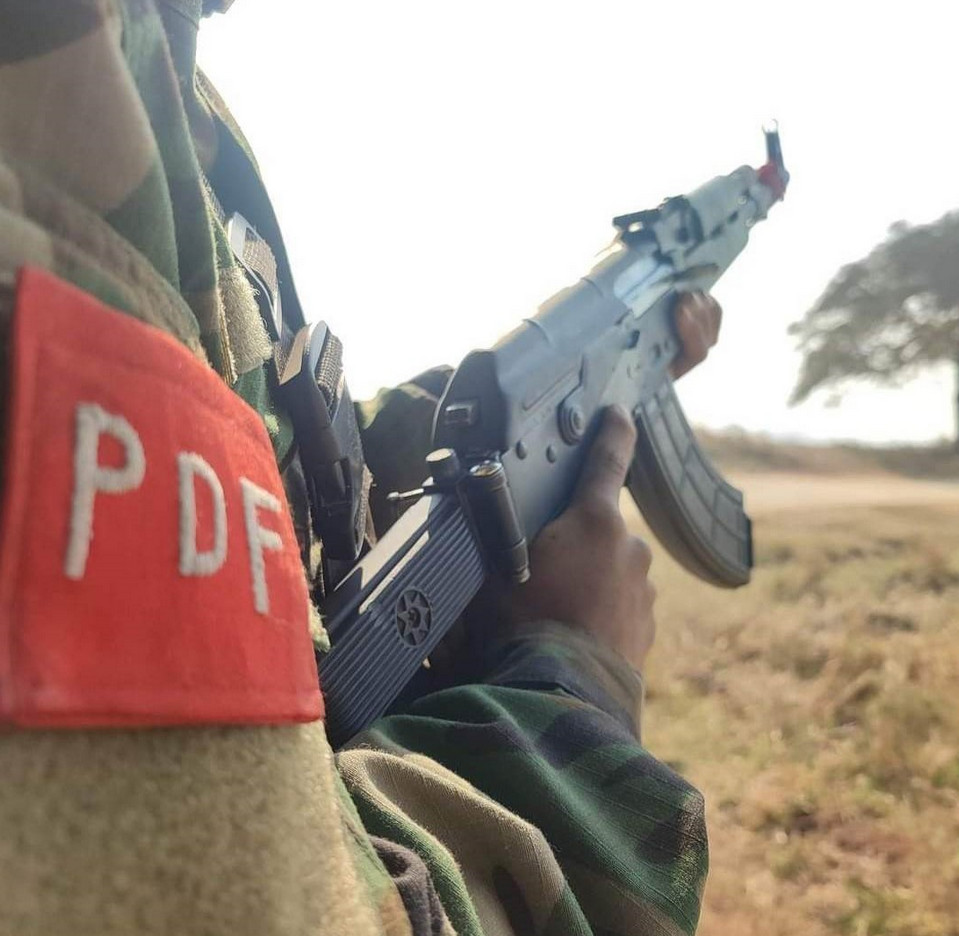
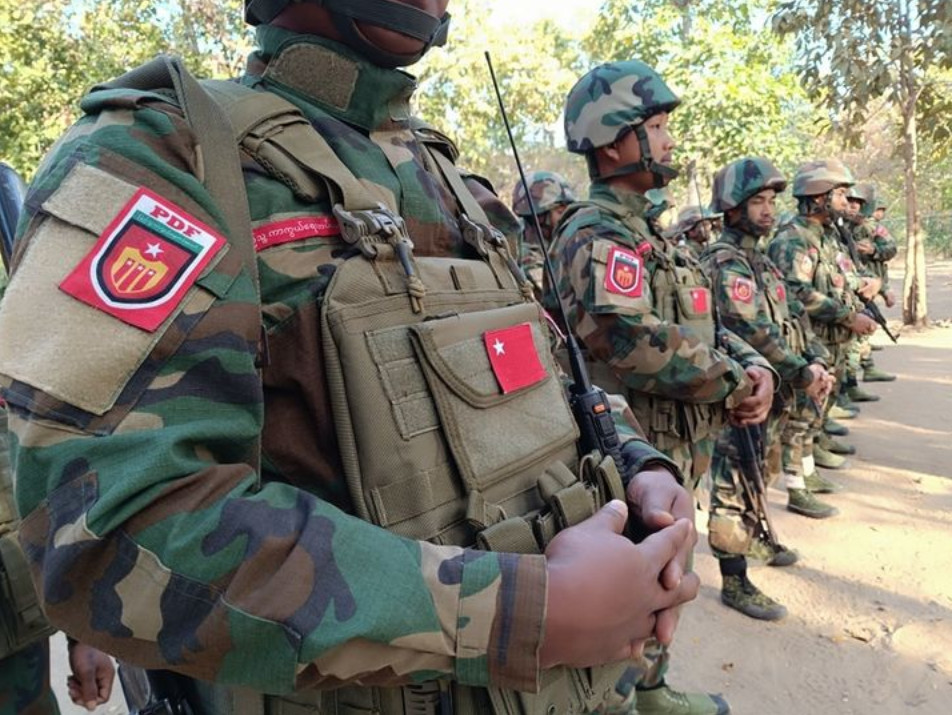
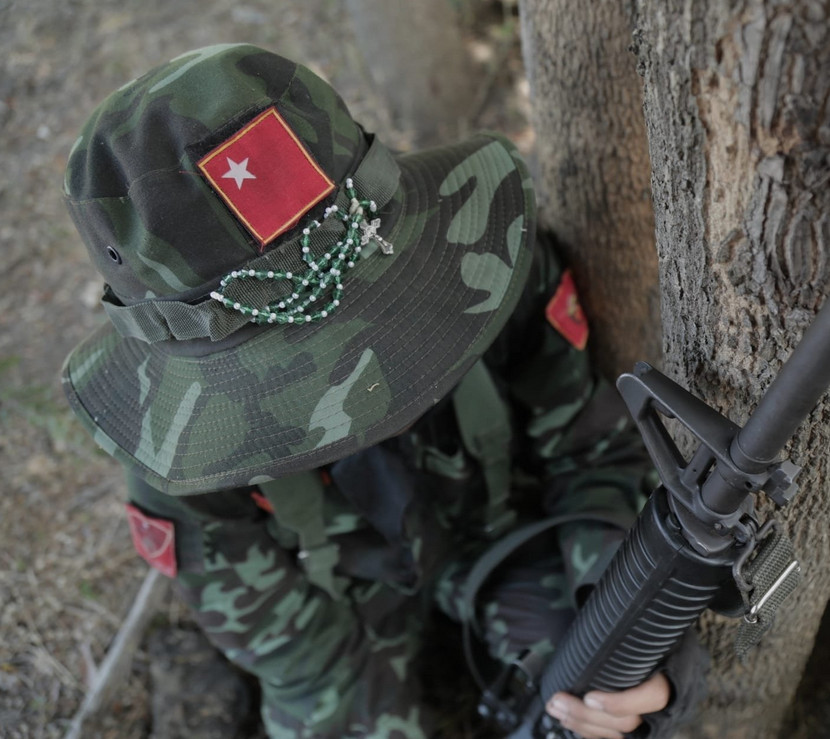
Firefighters: Firefighters undergo extensive training in fire suppression techniques, search and rescue operations, hazardous materials handling, and emergency medical procedures. Training typically includes classroom instruction, hands-on drills, and simulations to prepare them for various scenarios they may encounter in the field.
Military Personnel: Military training involves physical fitness conditioning, weapons proficiency, tactical maneuvers, and combat survival skills. Soldiers are trained to operate in high-stress environments and to react quickly and effectively in combat situations.
Construction Workers: Construction workers face numerous hazards such as falls, electrocution, and exposure to hazardous materials. Training programs focus on safety protocols, equipment operation, and proper handling of tools and materials to prevent accidents and injuries on construction sites.
Police Officers: Police training covers a wide range of topics including law enforcement procedures, defensive tactics, firearms training, and crisis intervention techniques. Officers are trained to respond to emergencies, de-escalate volatile situations, and uphold public safety while minimizing the use of force.
Emergency Medical Technicians (EMTs) and Paramedics: EMTs and paramedics receive training in emergency medical care, patient assessment, trauma management, and life-saving interventions. They learn to respond to medical emergencies such as cardiac arrest, trauma injuries, and respiratory distress while providing critical care in high-pressure situations.
Commercial Divers: Commercial divers undergo specialized training in underwater welding, salvage operations, inspection techniques, and underwater construction. Training programs include classroom instruction, diving simulations, and hands-on experience in open water environments to prepare divers for the challenges of working underwater.
Pilots and Aviation Crew: Pilots and aviation crew members receive extensive training in aircraft operation, navigation, emergency procedures, and crew resource management. Training programs vary depending on the type of aircraft and include simulator training, flight drills, and recurrent training to maintain proficiency and safety standards.
Powerline Workers: Powerline workers are trained to work safely with high-voltage electrical systems, including overhead power lines and electrical substations. Training includes electrical safety protocols, equipment operation, and rescue procedures to minimize the risk of electrocution and other hazards associated with working on power lines.
In all of these high-risk occupations, training is essential not only to ensure the safety of workers but also to instill confidence, competence, and readiness to handle the challenges and responsibilities of the job effectively. Ongoing training and professional development are also critical to keeping skills current and adapting to new technologies and safety protocols.

Leave a Reply